Empowering explorers with the ultimate in climate intelligence
Snoflo's blend of cutting-edge technology, community engagement, and user-centric features make it an indispensable tool for anyone who needs detailed climate data and has a passion for the outdoors. Join us in exploring, protecting, and celebrating the intricate balance between environmental conservation and outdoor pursuits.
December 28 2025
Latest News
- **Hydrological Warnings**: Residents in several states should exercise caution as current river flows exceed averages, signaling potential flood risks. Notably, the Maurice River at Union Lake Dam in New Jersey has dropped to 192 ft³/s, significantly below its 296.72 ft³/s average, suggesting drought conditions. Conversely, heightened streamflow levels in places like Old Shawneetown, IL-KY, and Jacksonville, FL, indicate a marked risk of floods and warrant close monitoring.
- **Snow Conditions**: Snow forecasts show significant snowfall expected in parts of Alaska, with Imnaviat Creek and Atigun Pass anticipating up to 6 inches, affecting visibility and travel. Additionally, notable new snowfalls were observed at Nohrsc Sawmill Ridge, WA, and Nohrsc Vallecito, CO, with bases of up to 170 inches.
- **Avalanche Warnings**: The Bridgeport Avalanche Center, CA, and the Mount Shasta Avalanche Center, CA, have issued 'considerable' danger levels, urging for careful snowpack evaluation and conservative decision-making. Multiple regions in Colorado also face heightened avalanche conditions, emphasizing the need for cautious route-finding.
- **Severe Weather**: Severe winter storms have led to significant snowfalls across various regions, with New York City reporting its heaviest snowfall in nearly four years. Meanwhile, California braces for more storms that are expected to bring significant snowfall to the Sierra and potential flooding to coastal areas.
- **Natural Disasters**: The aftermath of Hurricane Helene continues to impact regions with lingering debris in waterways and ongoing recovery efforts. Eastern Kentucky's recovery from multiple natural disasters stresses the importance of state preparedness for future events.
- **Wildfire Recovery**: The EPA's cut in grants for wildfire health effect studies raises concerns about future wildfire predictions and prevention strategies. Meanwhile, residents affected by the wildfires in Sevier County, TN, still face challenges in obtaining burn permits due to elevated wildfire risks.
- **Climate Impact on Ski Resorts**: Long-range projections for winter snowfalls are becoming less reliable due to climate change, with European ski fields already feeling the impact, highlighting a potential shift in the ski industry's future.
Adventure Smarter,
Not Harder
Snoflo is the ultimate platform for outdoor enthusiasts and climate-conscious individuals. We offer real-time climate data, weather forecasts, and alerts, as well as information on the best recreation spots nearby. Explore more, impact less with Snoflo.
Climate Resilience
Snoflo advances climate resilience by integrating science, education, and activism to foster resilient communities.
Data Accessibility
Snoflo provides user-friendly access to climate data, facilitating informed decision-making.
Stewardship
We promote responsible management of environmental data, fostering collaboration, and advocating for sustainable practices.
Powered by the Worlds Best
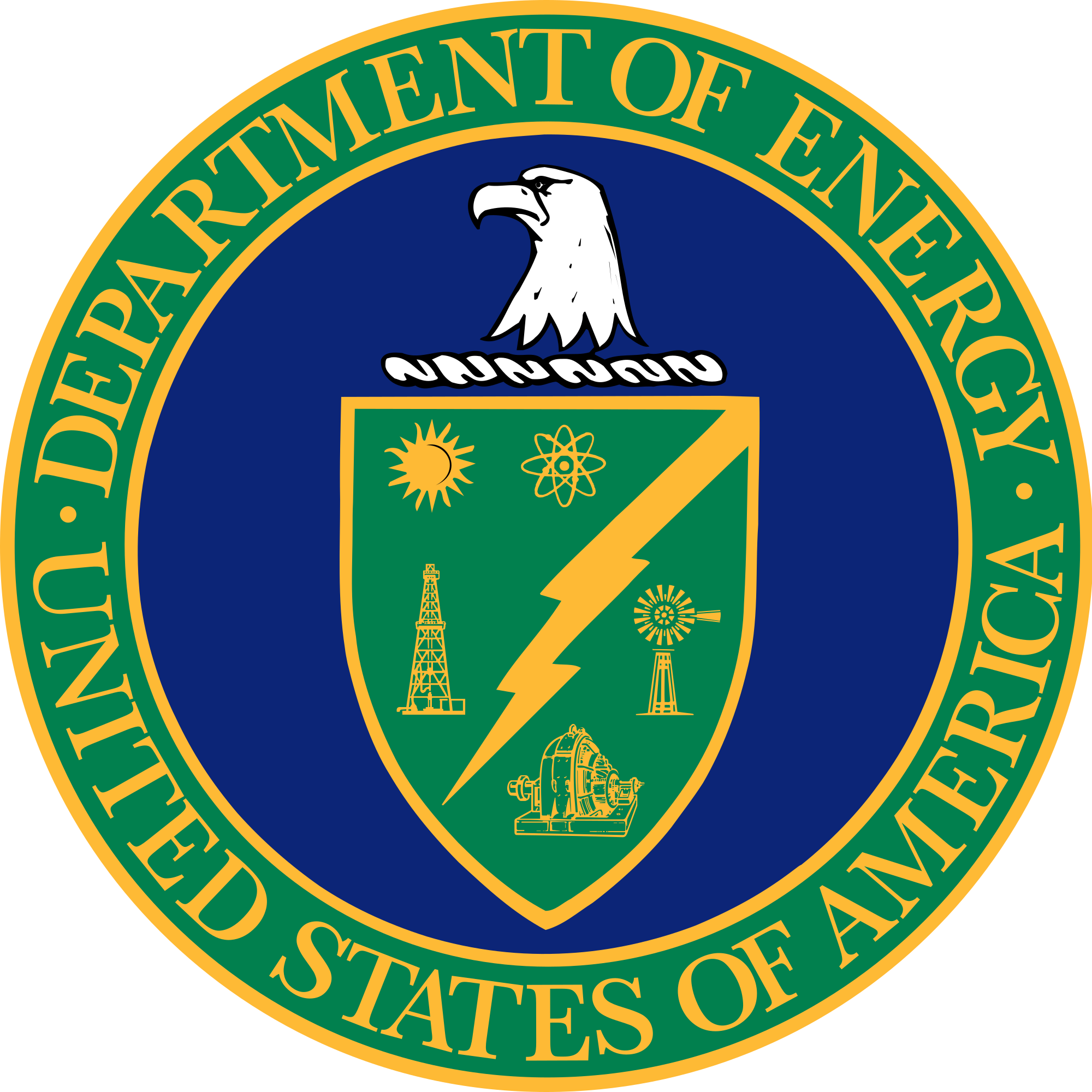
DOE

USACE
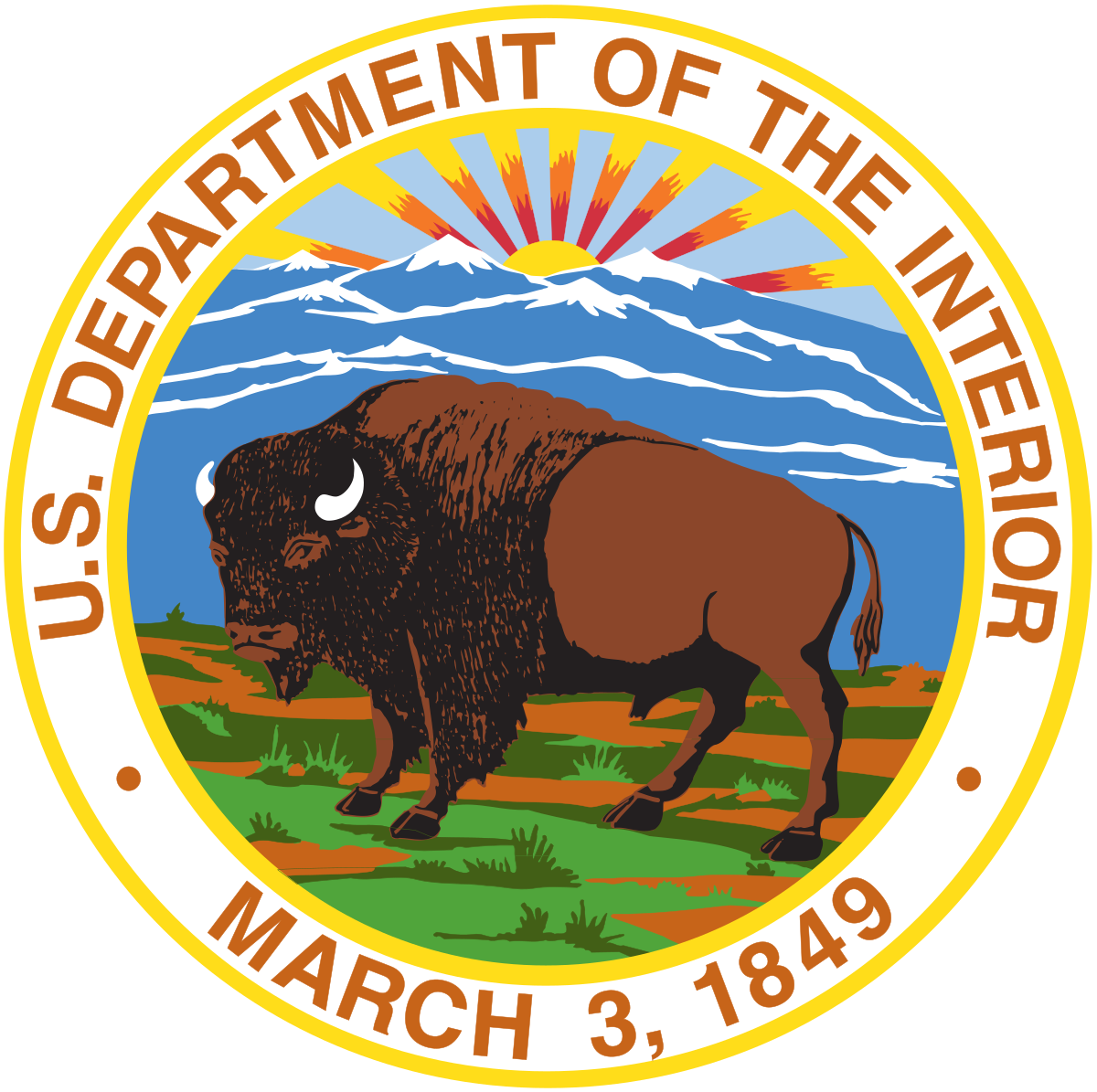
DOI

USGS

NASA
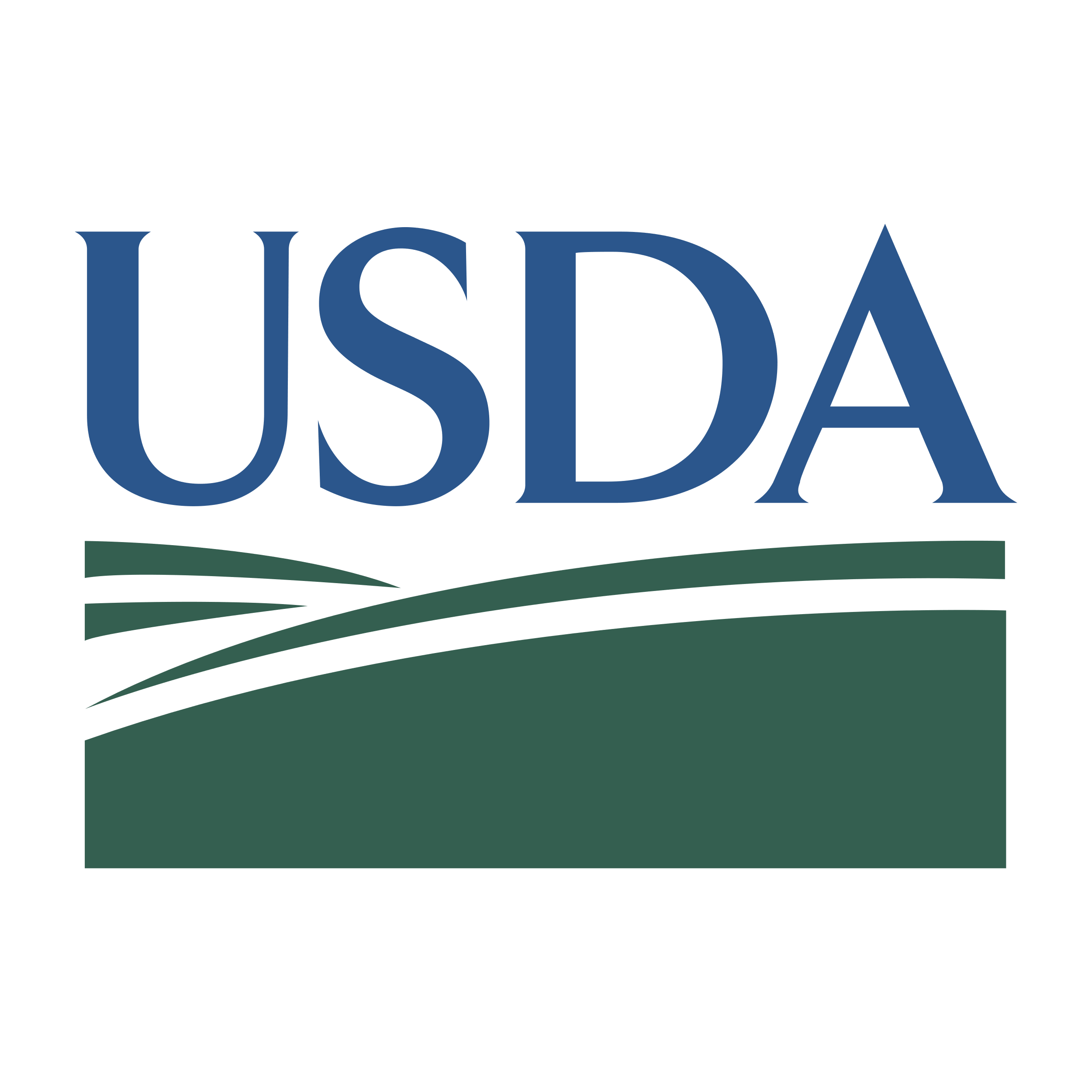
USDA
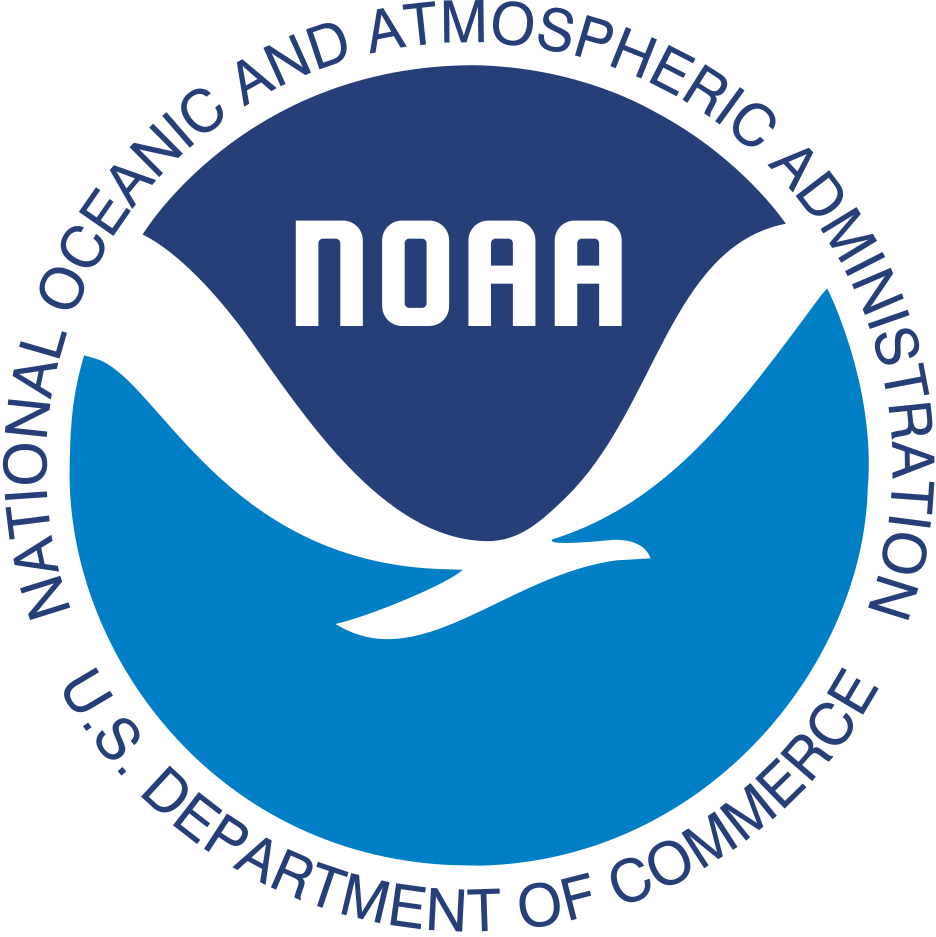
NOAA
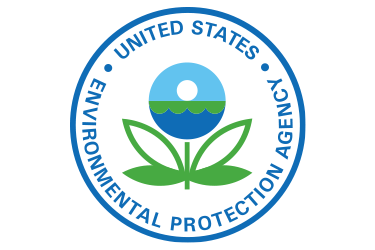
EPA
Supporting Climate Stewardship
American Rivers

Protect Our Winters

Chesapeake Bay Foundation
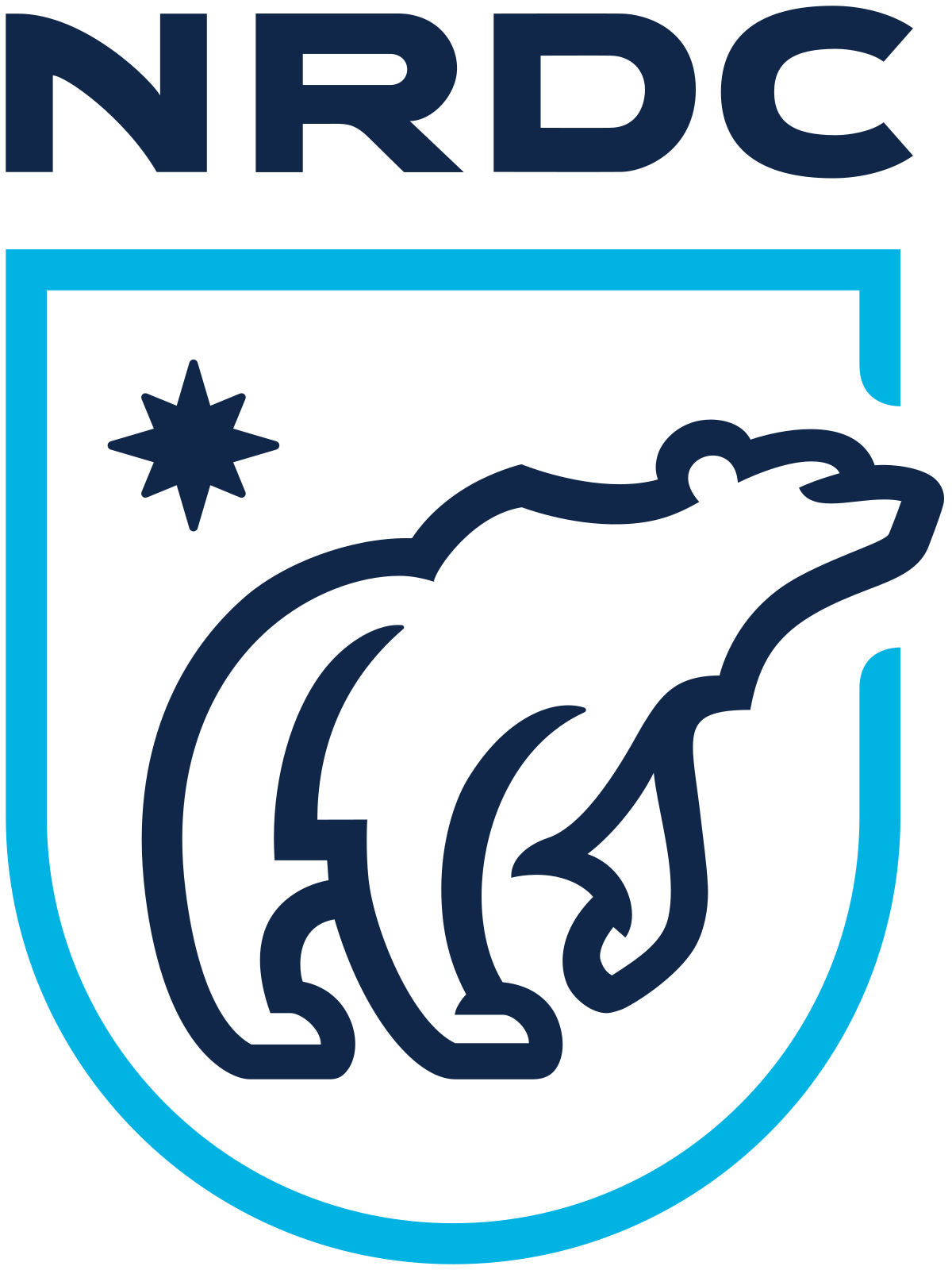
Natural Resources Defense Council
Xerces Society
Santa Barbara Botanic Garden
Maryland Native Plant Society
Audubon Society
Essential Tools for Every Adventure
Snoflo offers powerful tools, including an interactive 3D map with real-time environmental data, localized weather forecasts, the latest climate news, and a detailed fish species guide.
